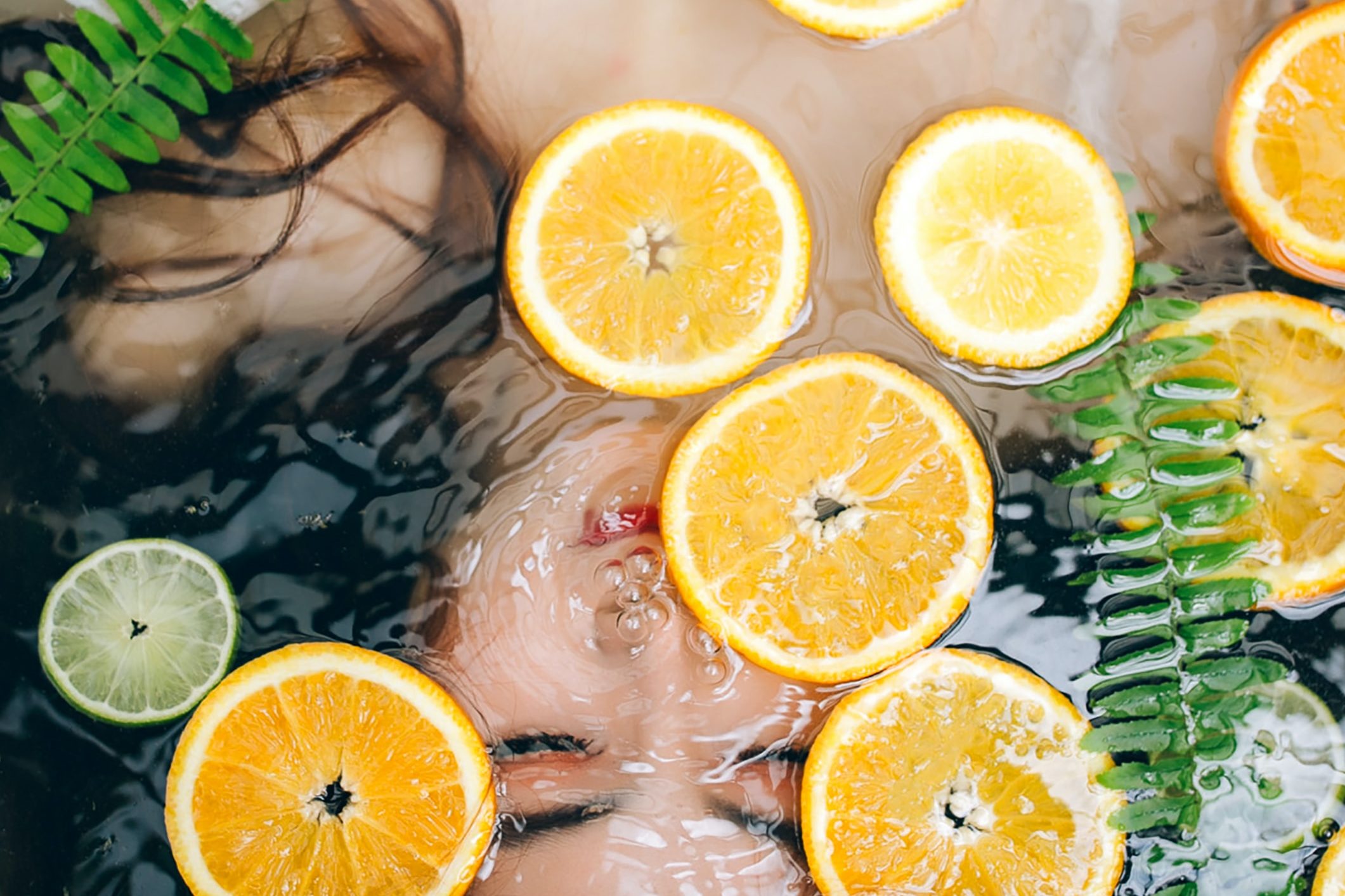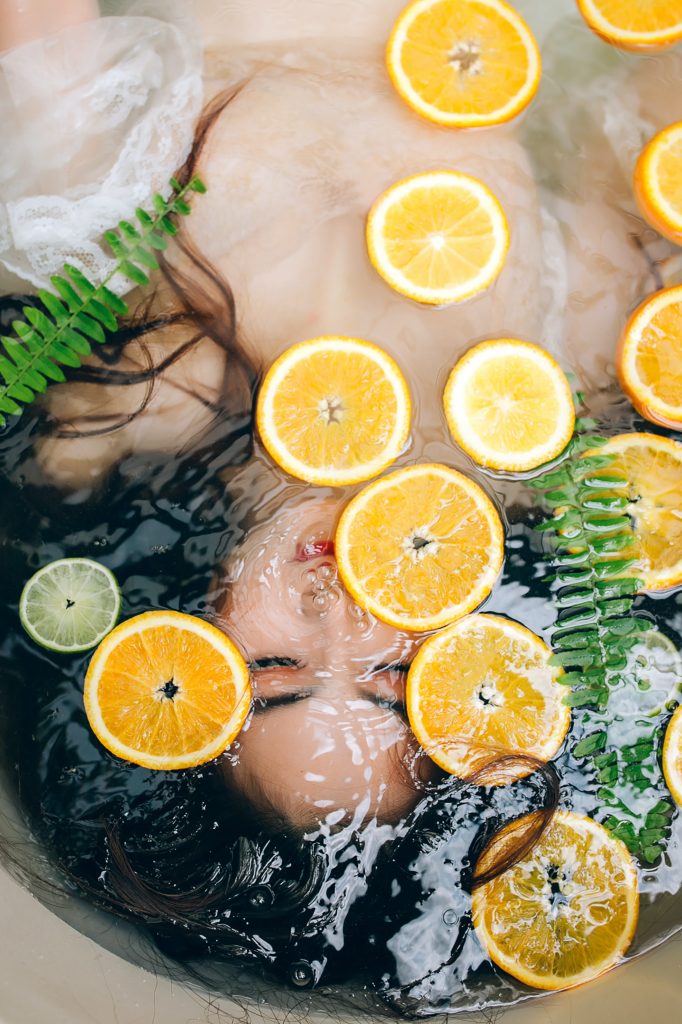The ancient Greeks and Romans believed the body was a temple. Ancient beauty practices are the backbone of the modern esthetic and medical industry. They use essential oils, minerals, and other ingredients to create fragrances, skincare, and body care products.
The following are a few ancient beauty practices to implement today. This era will surely need environmental pollution, environmental stressors, and adverse lifestyle factors affecting our skin’s health. Some of the best spa and beauty treatments were based on these ancient wellness practices.

A GREEK MAKEUP AND SACRED INGREDIENTS
The Greeks were big lovers of physical beauty. They were very in tune with the body’s natural ageing process and constantly sought ways to improve their appearance. “cosmetics” comes from the Greek word ” kosmetikos, ” originating in the 17th century.
Aphrodite, the Olympian Greek goddess of love and beauty, favoured light complexions, which she maintained using white lead initially and replaced by talcum mineral powder later due to its natural, highly absorbent, and anti-caking nature.
The goddess used crushed mulberries for lip and cheek stains and red clay for lip colour. Rouge was applied for cheek colour in mulberry juice, wine dregs, poppy petals, and red chalk. Dark eyeshadows were also favoured, made using a mixture of charcoal and oils.
The Greeks used honey and olive oil in many cosmetic and anti-ageing preparations. How to do a home-made lipstick
One teaspoon of coconut oil
• One teaspoon of shea butter or cocoa butter
• One teaspoon of beeswax pastilles
• One drop of essential oil of choice for scent
• One drop of red food colouring for a red hue.
Therefore, the olive tree was considered sacred and had many beauty benefits.
Women anointed themselves in olive oil to protect their skin from environmental stressors and as a facial mask to promote a clear-looking complexion. Honey was also mixed with olive oil to help lighten the appearance of the skin.
ROMAN BATHING THERAPY
The bathhouses were beautiful, with mosaics, paintings, and intricate ceilings flooded with natural light. Bathers would do a treatment using a curved metal tool to scrape dirt and sweat from the body before steam therapy, body scrubs, and massage. Nowadays, we can prepare our bathing therapy to nourish our body and hair using the following steps:
· Apply an oil treatment to your hair
· Prepare your bathtub or shower and get it hot and steamy
· Apply all-natural soap or body wash, or Black Soap on your skin
· Wash your hair after 20 minutes and apply a deep-conditioner
· Start the exfoliation with the scrubbing sponge or Kessa glove
One teaspoon of coconut oil
• One teaspoon of shea butter or cocoa butter
• One teaspoon of beeswax pastilles
• One drop of essential oil of choice for scent
• One drop of red food colouring for a red hue.
Therefore, the olive tree was considered sacred and its many beauty benefits.
The bathhouses were beautiful, with mosaics, paintings, and intricate ceilings flooded with natural light. Bathers would do a treatment using a curved metal tool to scrape dirt and sweat from the body before steam therapy, body scrubs, and massage. Nowadays, we can prepare our bathing therapy to nourish our body and hair using the following steps:
Women anointed themselves in olive oil to protect their skin from environmental stressors and as a facial mask to promote a clear-looking complexion. Honey was also mixed with olive oil to help lighten the appearance of the skin.
ROMAN BATHING THERAPY
· Apply an oil treatment to your hair
· Prepare your bathtub or shower and get it hot and steamy
· Apply all-natural soap or body wash, or Black Soap on your skin
· Wash your hair after 20 minutes and apply a deep conditioner
· Start the exfoliation with the scrubbing sponge or Kessa glove
INDIAN ANCIENT ART OF HENNA
It’s no wonder that Indian women are of immeasurable beauty; their focus on balance and well-being mirrors their physical beauty.
The Indians have incorporated herbs like neem, tulsi, turmeric, sandalwood, and saffron into masks, creams, and the widely used sesame oil. Indians were also keen on oil pulling for dental hygiene and dry brushing their skin for exfoliation and lymphatic stimulation.
The ancient art form of henna, also called “mehndi,” had many cultural uses. Henna is a dye derived from the henna plant (Lawsonia inermis). They used this dye to create decorative designs on the body for self-expression and temporary tattoos in celebration of special occasions, traditions, ceremonies, and performances.
How to make your home-made henna
· 100 grams of fresh Organic Rajasthani Henna Powder.
· 30ml pure essential oil of Tea Tree (you can omit this ingredient for practice cones)
· 45 grams (approximately 3.5 Tablespoons) of Sugar such as Anthony’s Organic Cane Sugar (this helps the henna stick better)
Since makeup was considered ‘superficial’ to Indians, they harnessed more natural expressions of beauty through henna and bejeweling.
CONCLUSION
On your next trip to the mall or beauty supply store, look closely at the products you’re buying. What are you soaking in when you turn on the bathtub faucet and lean back in the warm water? Where did those traditions come from when you wore a cute face mask and hair treatment? The answer, of course, is that we’ve been soaking in bathtubs and wearing face masks for thousands of years. Remember where these rituals came from the next time you decorate your face or soak in a warm bath with essential oils. Give thanks to the founders who intuitively employed earth’s abundance. In a way, it connects us all with a healthy vision of beauty.

